Name Shigeko Kubota | Role Artist | |
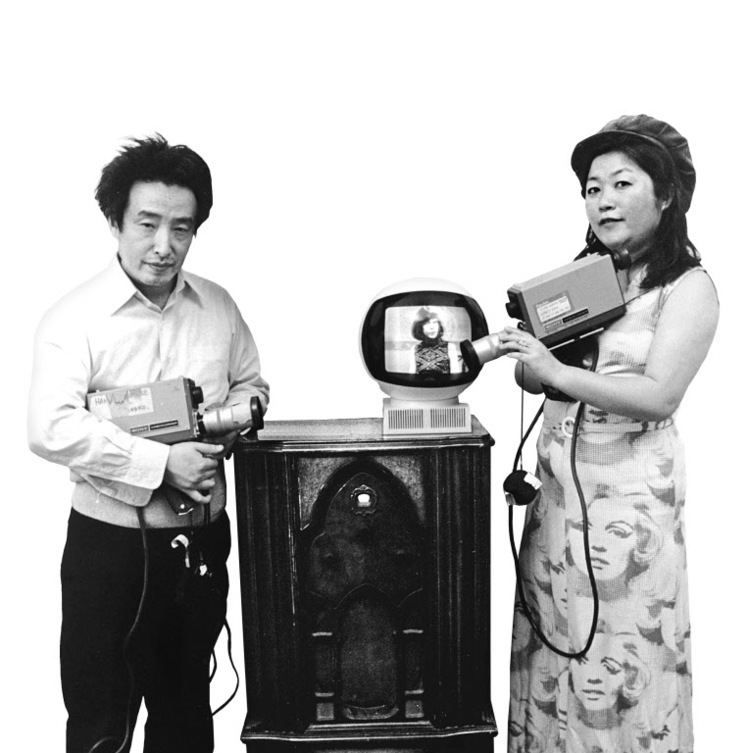 | ||
Education The Brookyn Museum Art School (1967–1968) Awards Guggenheim Fellowship for Creative Arts, US & Canada Known for Sculpture, Video, performance art | ||
Nam June Paik UCLA 1979
Shigeko Kubota (久保田 成子, Kubota Shigeko) (2 August 1937 – 23 July 2015) was a Japanese video artist, sculptor and avant-garde performance artist, who mostly lived in New York City. She was one of the first artists to adopt the portable video camera Sony Portapak in 1967. Kubota is known for constructing sculptural installations with a strong DIY aesthetic, which include sculptures with embedded monitors playing her original videos. She was a key member and influence on Fluxus, the international group of avant-garde artists centered on George Maciunas, having been involved with the group since witnessing John Cage perform in Tokyo in 1962 and subsequently moving to New York in 1964. She was closely associated with George Brecht, Jackson Mac Low, John Cage, Joe Jones, Nam June Paik, and Ay-O, other members of Fluxus. Kubota was deemed "Vice Chairman" of the Fluxus Organization by Maciunas.
Contents
- Nam June Paik UCLA 1979
- Sacred lotus for shigeko kubota
- Biography
- Feminism
- 1st Love 2nd Love
- Vagina Painting
- Duchampiana Series
- Video Poem
- Meta Marcel Window Series
- River 1979 1981
- Other Installations and Sculptures
- Videography
- Exhibitions
- Collections
- References

Kubota's video and sculptural works are mainly shown in galleries – though her use of the television is synonymous with other video artists of the 1960s who made experimental broadcast programs as a move against the hegemony of major networks. Kubota is known for her contribution to the expansion of the field of video into the field of sculpture and for her works addressing the place of video in art history. Her work explores the influence of the technology, and more specifically the television set, on personal memory and the emotions. Some works for example, eulogize, while also exploring the presence of the deceased in video footage and recorded images such as her Duchampiana series, the video My Father, and her later works Korean Grave and Winter in Miami which eulogize her husband Nam June Paik. Kubota's sculptures also play with ways in which video footage and sculptures which utilize videos can evoke nature, as in her Meta-Marcel, Bird, and Tree series' and in River, and Rock Video: Cherry Blossoms.
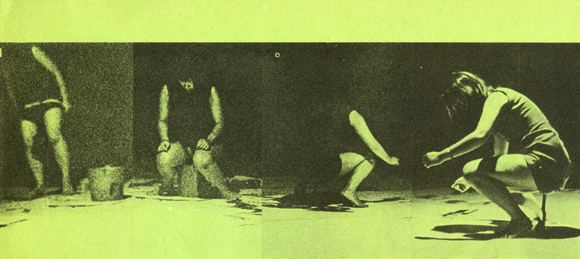
Sacred lotus for shigeko kubota
Biography
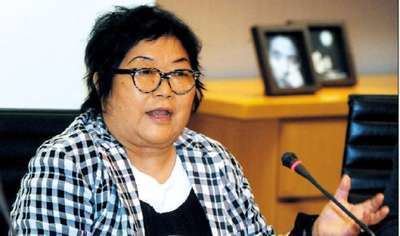
Kubota was born to a family of monk lineage associated with a Buddhist temple in Niigata Prefecture, Japan, where she lived through World War II. As a young adult, she moved to Tokyo to study sculpture at the Tokyo University of Education. She was introduced to the experimental music collective in Tokyo called Gurupu Ongaku (Group Music) by her aunt Chiya Kuni, an established modern dancer. Members of Gurupu Ongaku included Takehisa Kosugi, Chieko Shiomi, Yasunao Tone, who were experimenting with tape recorders, noise music, and avant-garde performances in the early 1960s. Shigeko Kubota first met John Cage and Yoko Ono at Tokyo Bunka Hall in Ueno when he was on tour there in 1962. Yoko Ono was a dancer for Cage's concert tour through Japan in 1962.
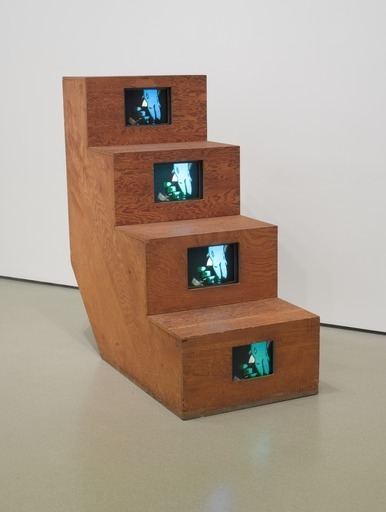
In December 1963, Kubota had her first solo show, "1st Love, 2nd Love..." at Naiqua Gallery in Tokyo, an alternative/ avant-garde space in Shinbashi, Tokyo. Later that year, she moved to New York after exchanging letters with George Maciunas about the New York Fluxus scene. Her first show in New York was on July 4, 1965 at Cinemateque as part of the perpetual Fluxfest, where she performed her famous "Vagina Painting." After this exhibition, Kubota exhibited her works regularly in New York. In 1965 she was married to Nam June Paik after divorcing her first husband, the composer David Behrman.
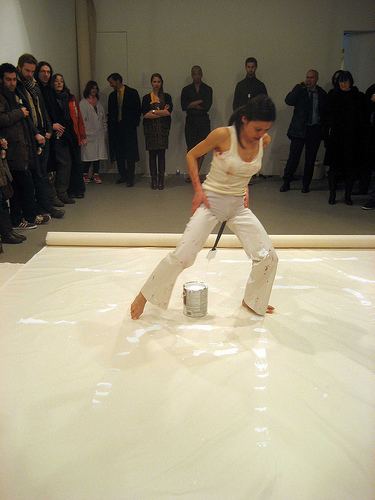
Kubota continued her studies at New York University and The New School for Social Research 1965-1967. She studied at the Art School of the Brooklyn Museum 1967-1968. Kubota taught at the School of Visual Arts, and was video artist-in residence at Brown University in 1981 and the School of the Art Institute of Chicago in 1973, 1981, 1982, and 1984, and at the Kunst Akademie in Düsseldorf in 1979. She also helped to coordinate the first annual Women's Video Festival at The Kitchen in 1972. From 1974-1982 she was a curator at the Anthology Film Archives. She died in Manhattan, New York on 23 July 2015 at the age of 77 from cancer.
Upon her death, Norman Ballard was named as executor of her estate in order to continue promoting her work and legacy. Ballard is an artist and long time close collaborator with her late husband, artist Nam June Paik, as well as a close friend of the Paik family.
Feminism
Whether Kubota's work can be described as feminist has been a topic of interest in the scholarship and presentation of her work. Kelly O'Dell writes that Kubota's references to Marcel Duchamp, Jackson Pollock, and Yves Klein, are used by feminist critics to describe Kubota's work as problematizing the interest of the Western canon in masculine rendering, to reclaim art for women. However, Kubota does not characterize her works as feminist. In an interview with the Brooklyn Rail, she said, "People can put me in the Feminist category all they want, but I didn't think I can make any real contribution other than my work as an artist." But artists who are largely considered feminist may not personally identify as such for a variety of reasons. Judith Butler argues that the label of feminism works against the integration of a larger spectrum of ideas relating to gender and identity into the discourses about art by encapsulating feminist argues as a separate strain of history or art history.
feminist art historians have also emphasized Kubota and other women artists' estrangement and marginalization from the Fluxus movement. Midori Yoshimoto writes that Kubota's Vagina Painting, which is her most explicit work about gender in art, was poorly received by her peers involved in Fluxus, similarly to ways in which Yoko Ono and Carolee Schneemann's performances were considered 'un-Fluxus' because of their strong emphasis on feminine subjects. There is also interest in the overshadowing of Kubota's career by her husband Nam June Paik's as an issue of the gender biased art world.
1st Love, 2nd Love...
While in Tokyo, Kubota became friends with Yoko Ono, who was at the time involved in Fluxus and the New York art scene. Kubota and other members of Grounp Ongaku and began working on poetic 'scores' and sending them to Yoko Ono's contact, George Maciunas, in New York. Midori writes, "the term Happenings was more popular than events in Japan, so Kubota called these poetic works 'Happenings'. Their form and poetic content, grew out of influences from Fluxus scores, such as instructions by Ono."
Kubota's first exhibition in 1963 titled, 1st Love, 2nd Love... exhibited these Happenings as conceptual works. The exhibition was at Naiqua Gallery, an alternative exhibition space in Shinbashi, Tokyo. Kubota exhibited tons of crumpled paper, which she called 'love letters' mounted on the walls and ceiling and covered in white cloth, which she called a Beehive. Her scores of instructions, A Beehive 1, A Beehive 2, and A Blue Love I, and A Blue Love 2 were included in the exhibition. The happenings and other printed items were sent to George Maciunas who printed them in Fluxus publications.
Vagina Painting
Vagina Painting was performed at the Perpetual Fluxus Festival in New York in July 1965. In the performance, Kubota assumed a crouching position over a sheet of paper on the floor with a brush affixed to the crotch of her underwear and painted abstract lines in blood red paint. The work is often cited as a female rejoinder to Jackson Pollock's action or drip paintings and to Yves Klein's use of the female body as a painting tool in his Anthropometrics of the Blue Period (1960) in which female models covered in blue paint imprinted their bodies in white paper on a floor. The red paint is reminiscent of menstrual blood, but also can be juxtaposed with Jackson Pollock's ejaculatory motion of his paintings. Kubota placed the paintbrush at the site of phallic lack, which breaks into a new type of female empowerment. The strokes of the paintbrush recall calligraphy, a reference to her cultural heritage. The work has been associated with feminist art, although Kubota has not publicly expressed if she considers the work feminist or not.
Duchampiana Series
This series of works spans from the 1960s to 1981 and includes documentaries that Kubota filmed when she met Marcel Duchamp personally in the 1960s, and sculptural homages to Duchamp created after his death.
Video Poem
In Video Poem (1976), Kubota's self-portrait is displayed on a small monitor that viewers can see through a vulva shaped opening of a purple bag. A fan, placed inside the bag to keep the equipment cool, added pulsating movements. The bag had been given to her by her first boyfriend, Takehisa Kosugi, whom she used to support by working three jobs. Video Poem challenges male authority by her use of her ex- boyfriend's bag.
Meta Marcel: Window Series
This series references Marcel Duchamp's wood-framed Fresh Window. This series includes four separate video works which are projected behind a plywood box with glass windows framing a twenty-four inch monitor.
River, 1979-1981
Consists of three monitors suspended screen-down over a crescent shaped metal structure filled with water. The videotapes playing on the monitors reflect in the water and the structure. It was first shown at the Whitney Museum of American Art.
Other Installations and Sculptures
Videography
Exhibitions
Source:
